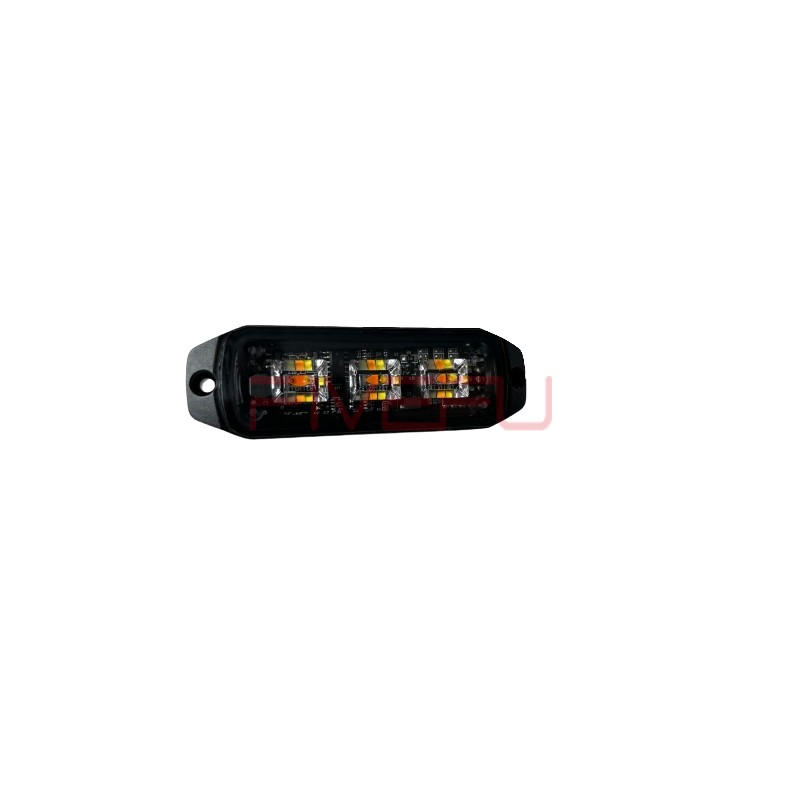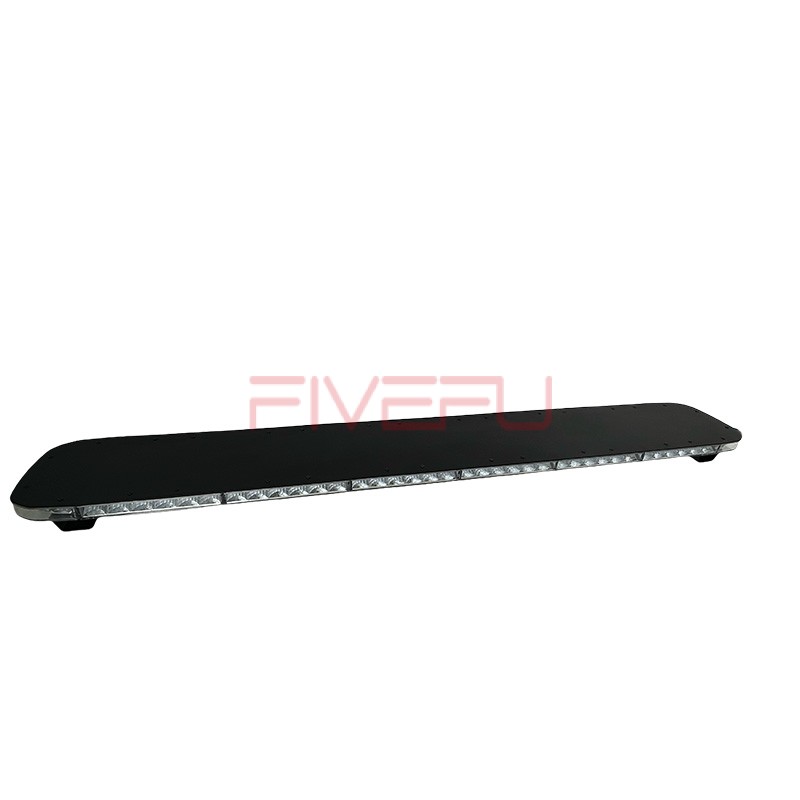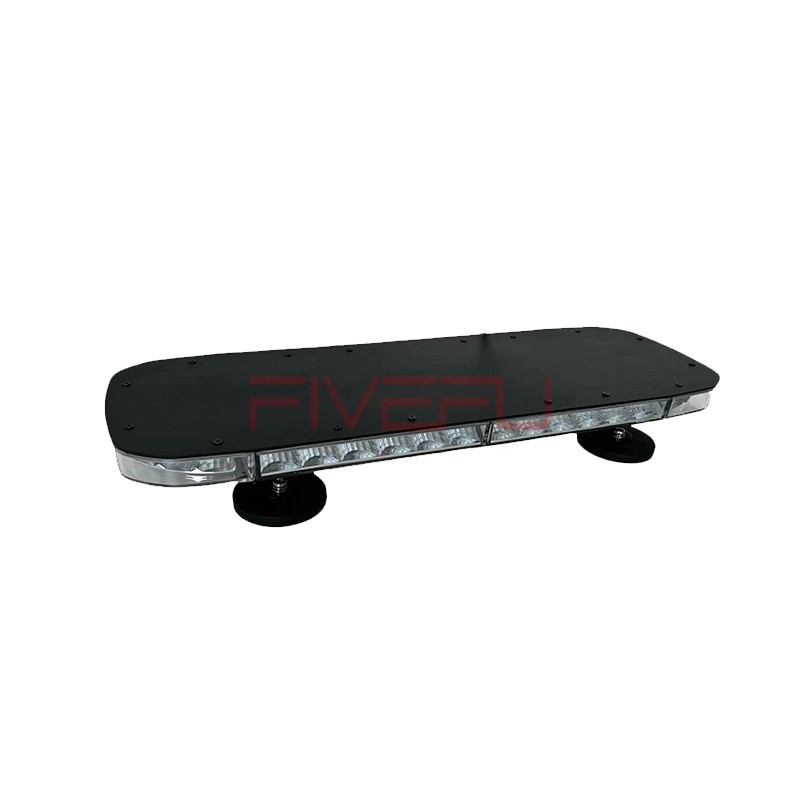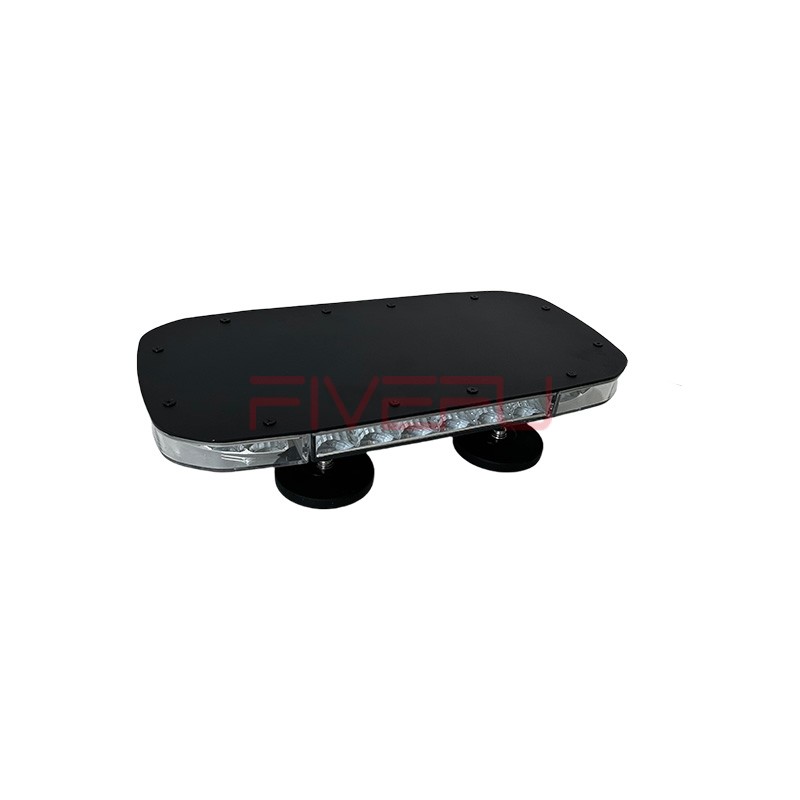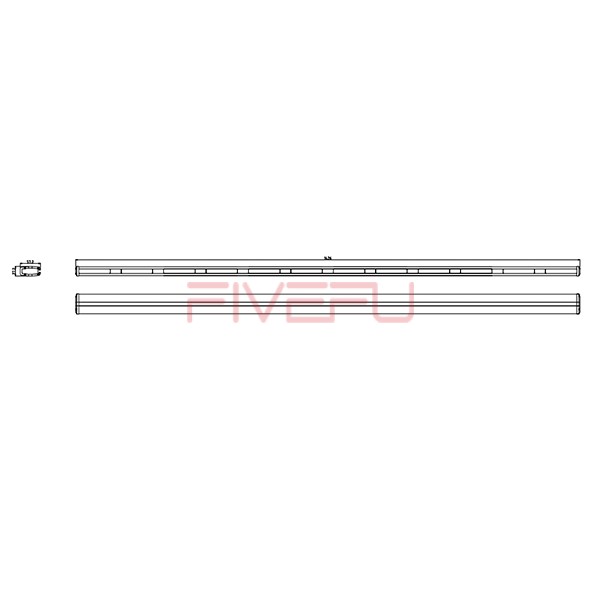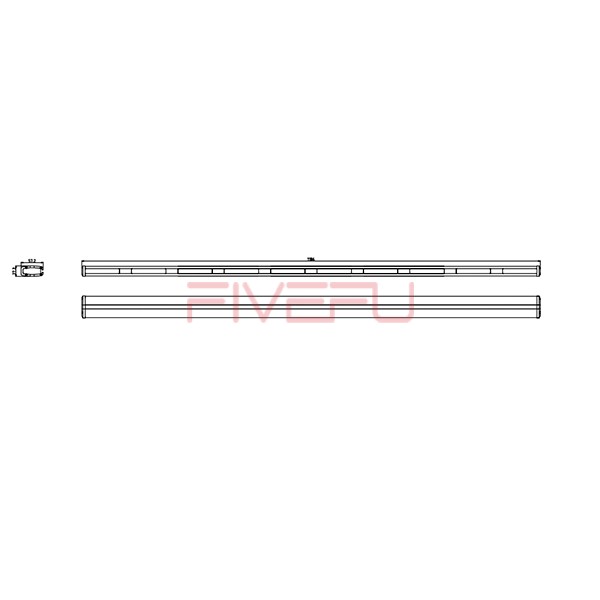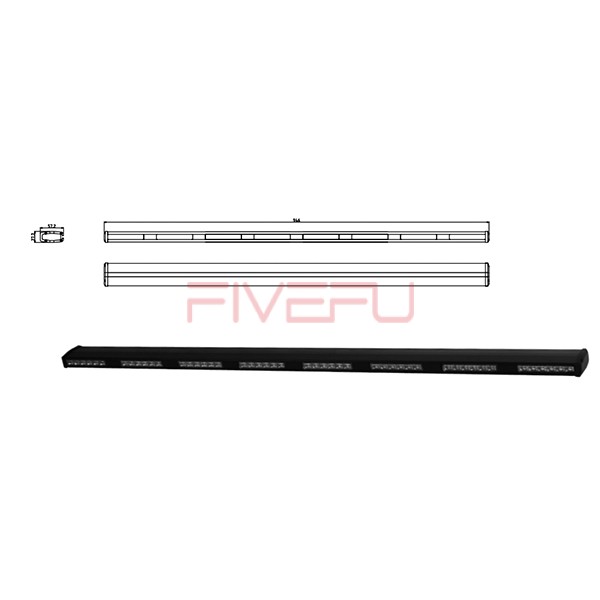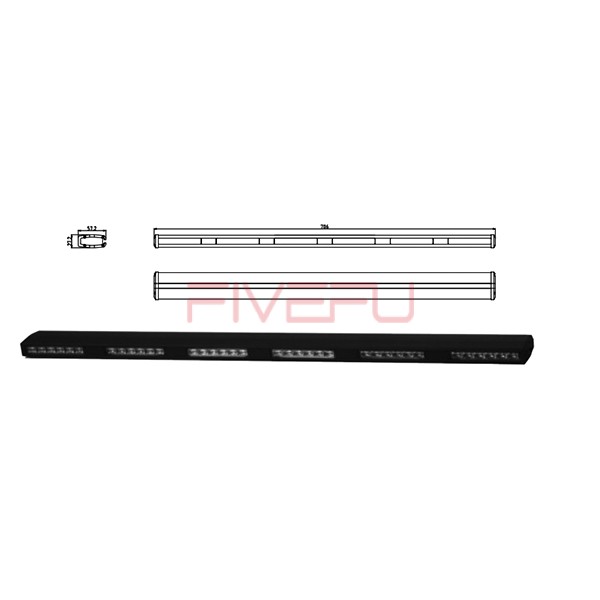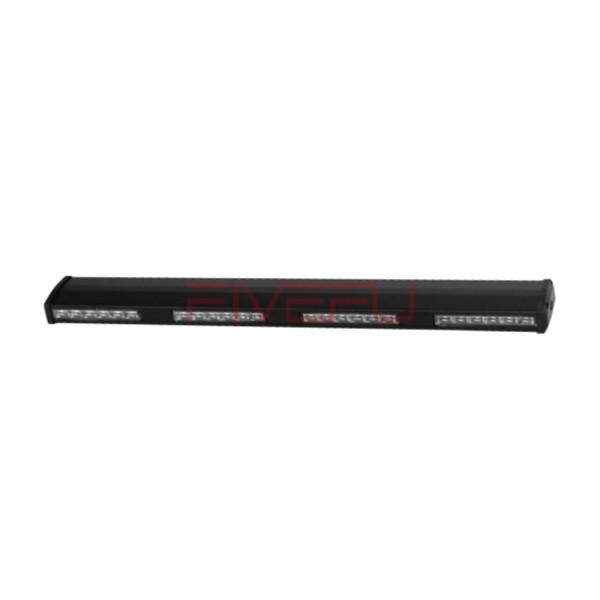Traditional bulbs burn out quickly, leading to frequent replacements. LED lights promise longer lifespans, but factors like heat, usage, and quality affect longevity. Choosing the right LEDs ensures maximum lifespan and efficiency.
LED lights typically last between 25,000 to 50,000 hours, far exceeding traditional bulbs. Their longevity depends on factors like heat dissipation, power quality, and usage conditions. Proper maintenance and high-quality LEDs maximize lifespan.
Understanding the factors that influence LED lifespan helps you make informed decisions. Let’s explore what affects their durability and how to extend their usage.
1. Expected Lifespan of LED Lights
Unlike incandescent bulbs that last around 1,000 hours, LED lights can last significantly longer.
How Many Hours Do LEDs Last?
- Standard LED bulbs: 25,000–50,000 hours.
- High-quality LEDs: Up to 100,000 hours.
- Incandescent bulbs: Around 1,000 hours.
- CFL bulbs: 8,000–10,000 hours.
How Many Years Do LEDs Last?
- 3 hours of daily use: 22–45 years.
- 8 hours of daily use: 8–17 years.
- 24/7 usage: 3–6 years.
2. Factors That Affect LED Longevity
Several conditions influence how long LED bulbs will last.
Heat Management
- Poor ventilation leads to overheating.
- Metal heat sinks help dissipate excess heat.
- Enclosed fixtures can shorten lifespan.
Power Supply & Voltage Fluctuations
- Power surges damage LED drivers.
- Unstable voltage reduces efficiency.
- Surge protectors help stabilize power flow.
Usage Patterns
- Frequent on/off switching can degrade LEDs.
- Continuous use may shorten lifespan in some cases.
- Dimmers can extend life if LED-compatible.
3. Comparing LED Lifespan with Other Bulbs
Incandescent Bulbs
- Lifespan: 1,000 hours.
- High energy consumption.
- Frequent replacements needed.
CFL Bulbs
- Lifespan: 8,000–10,000 hours.
- Contains mercury, requiring careful disposal.
- Not as durable as LEDs.
Halogen Bulbs
- Lifespan: 2,000–4,000 hours.
- More energy-efficient than incandescent but still inferior to LEDs.
4. Tips to Maximize LED Lifespan
Choose High-Quality LEDs
- Avoid low-cost, unbranded LEDs.
- Check lumens-per-watt rating for efficiency.
- Buy from reputable manufacturers.
Ensure Proper Installation
- Use LED-compatible dimmers.
- Check for proper voltage regulation.
- Avoid enclosed fixtures if not rated for them.
Control Heat Buildup
- Provide adequate ventilation.
- Use LEDs with built-in heat sinks.
- Avoid high-temperature environments.
Use Stable Power Supply
- Install surge protectors.
- Avoid cheap power adapters for LED strips.
- Ensure correct transformer use for low-voltage LEDs.
5. Signs That an LED Light is Nearing the End of Its Life
Dimming or Flickering
- Indicates driver wear or voltage fluctuations.
- May be caused by overheating or poor wiring.
Color Shifting
- White LEDs turning yellow or blue means phosphor degradation.
- Low-quality LEDs experience quicker color shifts.
Uneven Light Output
- Parts of the bulb may dim faster than others.
- Indicates LED chip degradation.
6. Are LED Lifespan Claims Accurate?
Laboratory Testing vs. Real-World Conditions
- Manufacturers test LEDs in controlled environments.
- Real-world factors like power surges, heat, and improper installation affect lifespan.
How to Interpret LED Ratings
- Look for L70 ratings (hours until LED reaches 70% brightness).
- Check for Energy Star certification for quality assurance.
Conclusion
LED lights last significantly longer than traditional bulbs, but heat, power stability, and quality impact lifespan. Choosing high-quality LEDs and proper installation maximizes their efficiency and durability.
